In order to qualify as a UNESCO World Heritage site, the natural or cultural site has to be of ‘outstanding universal value’ and meet at least one of the ten criteria specified by the organisation.
Before planning your trip, please take a look at the website of the respective park for any opening time adjustments due to Covid-19.



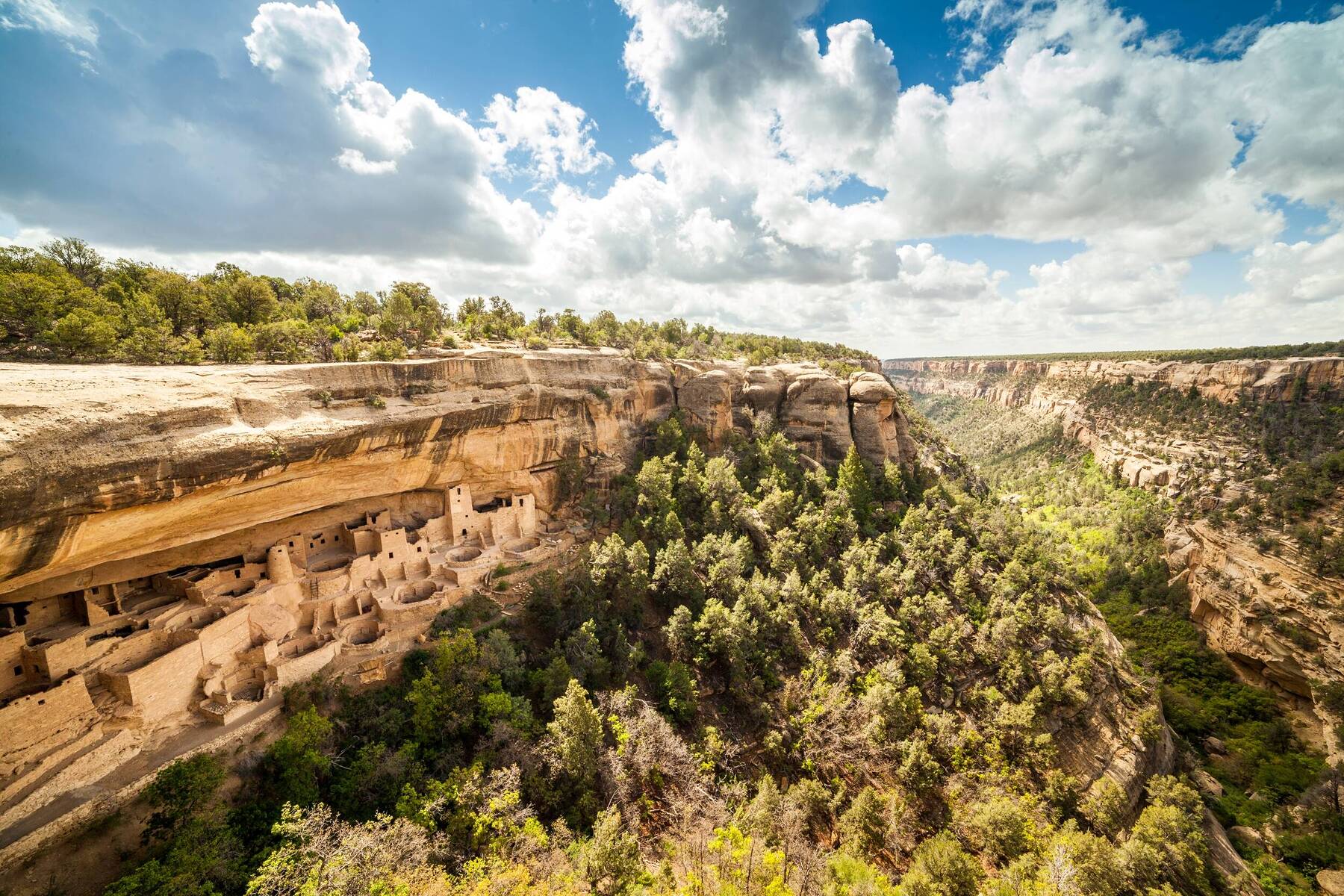
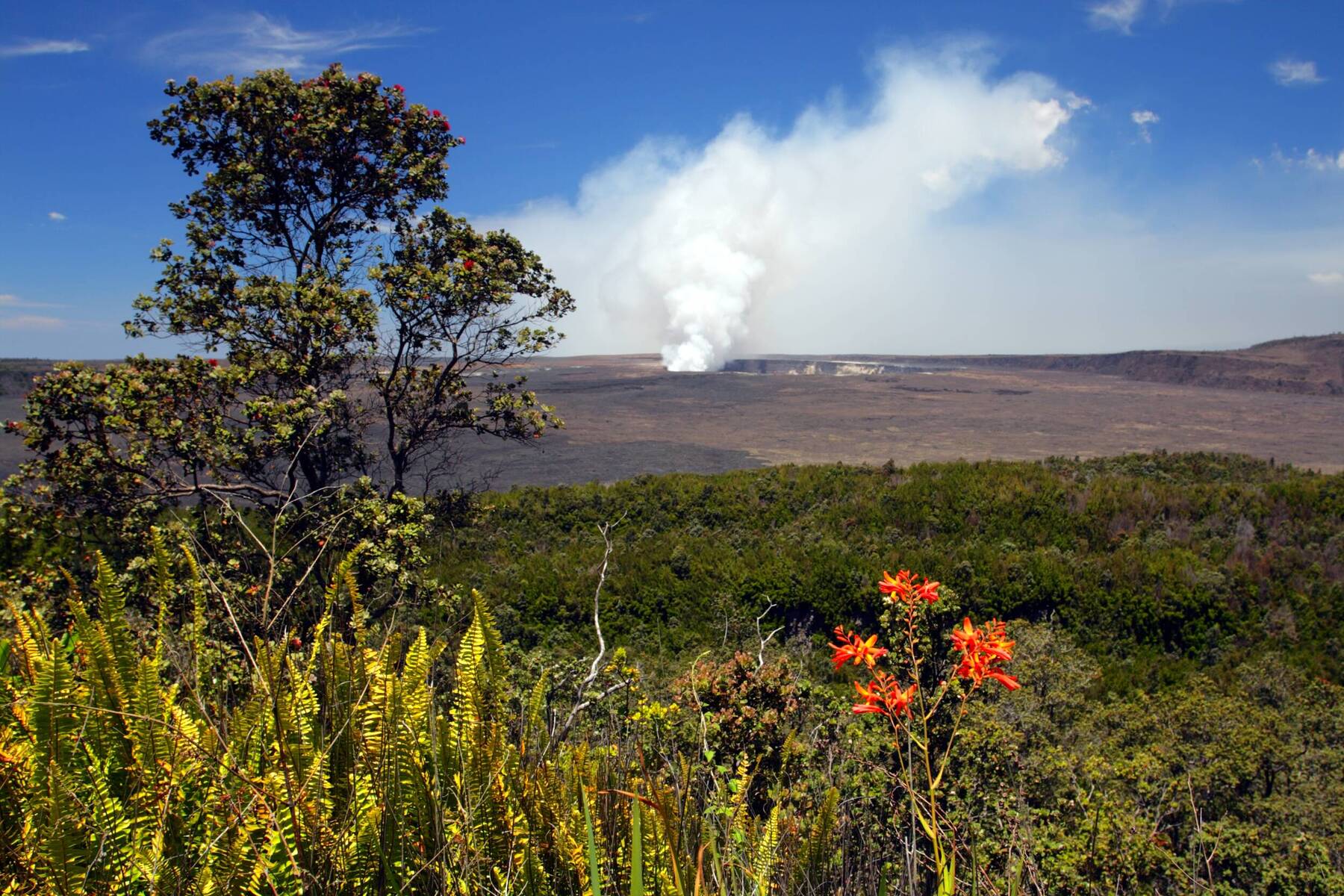
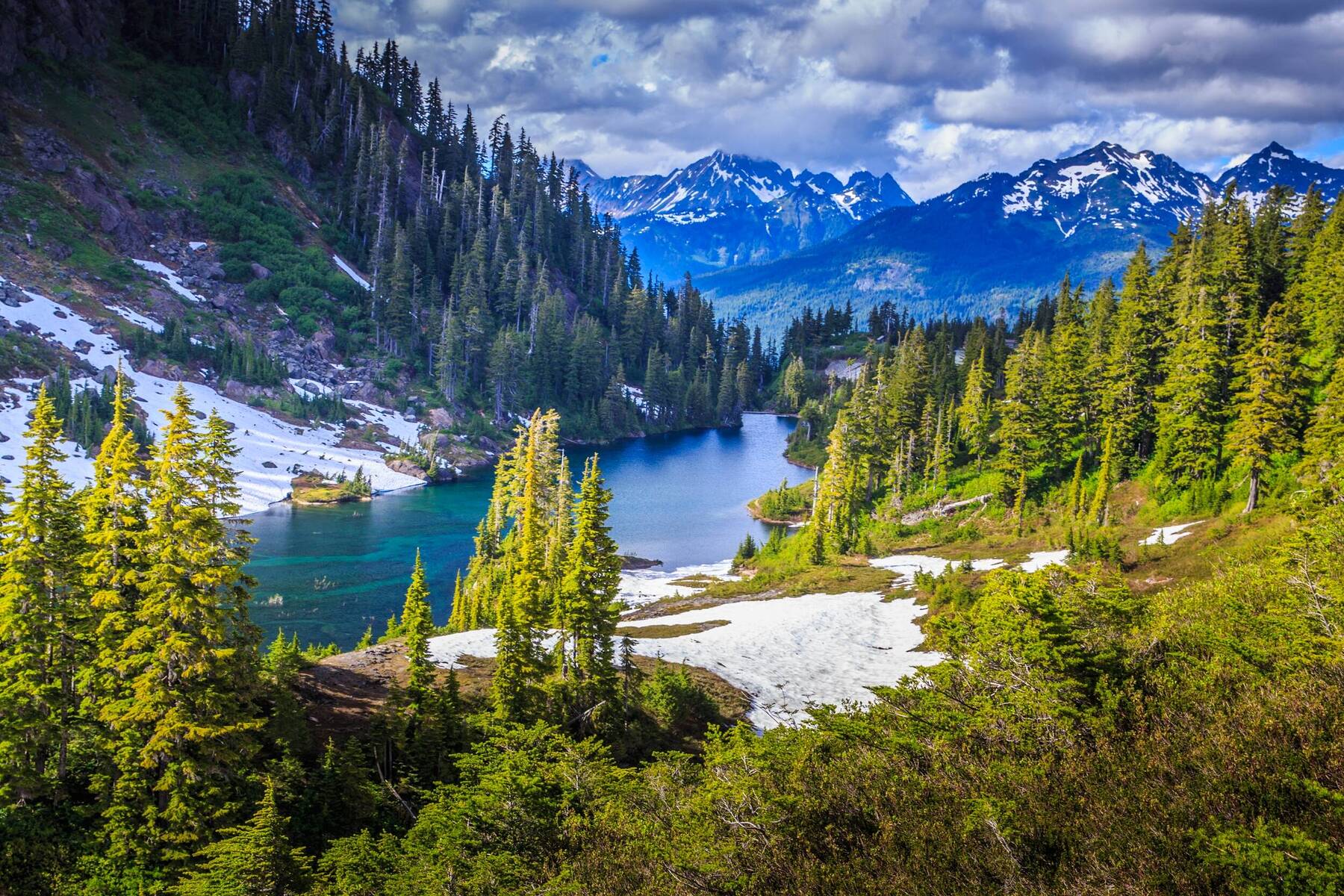
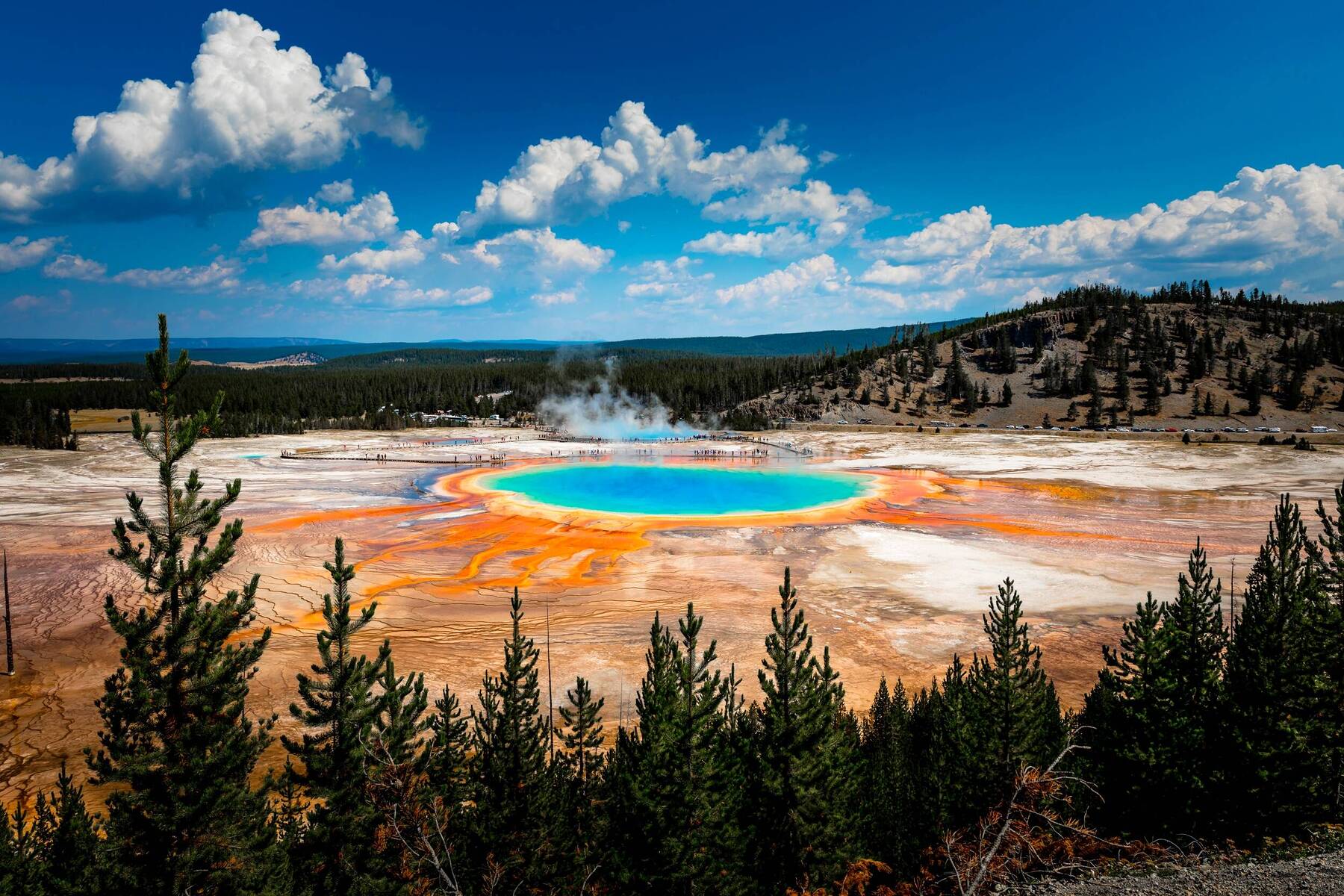
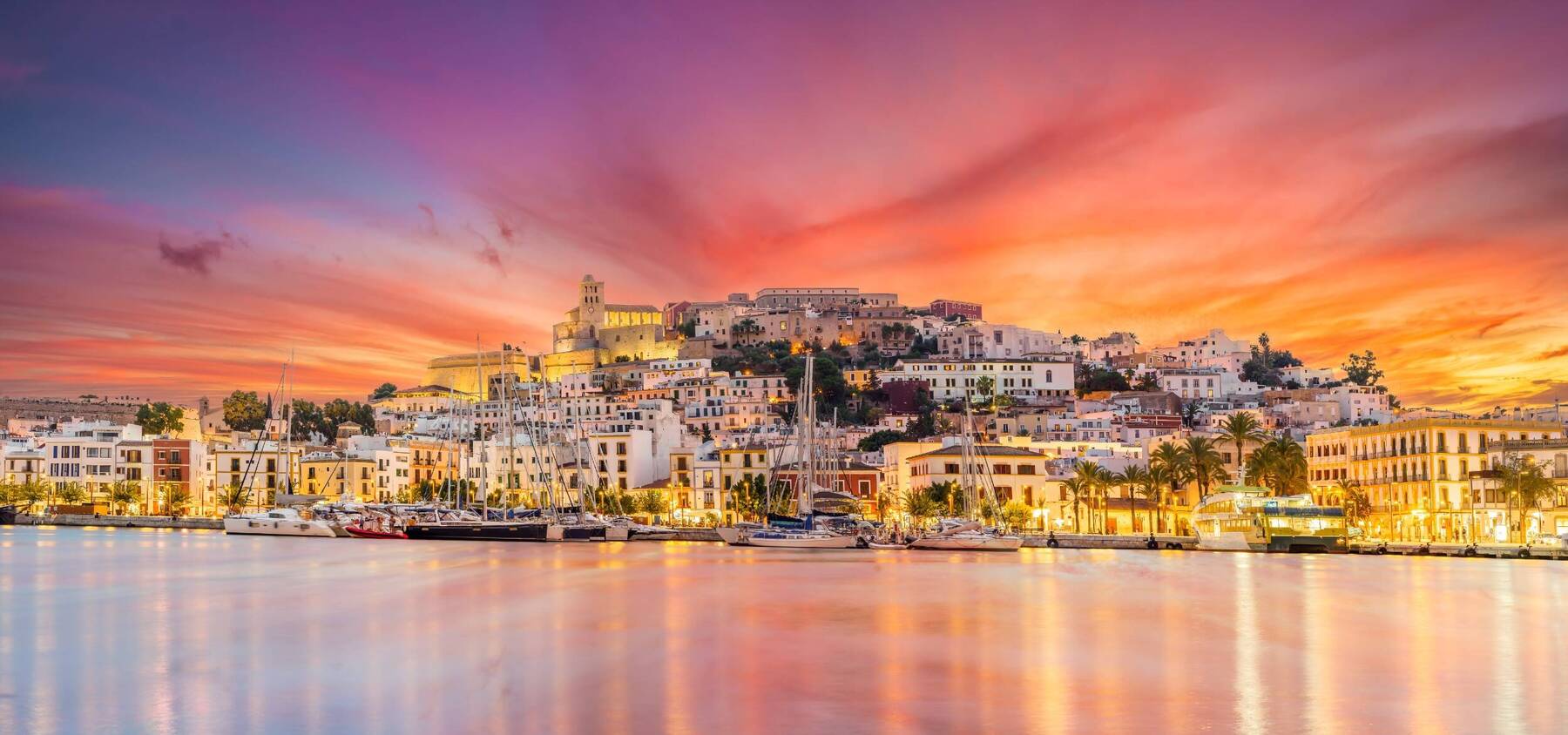
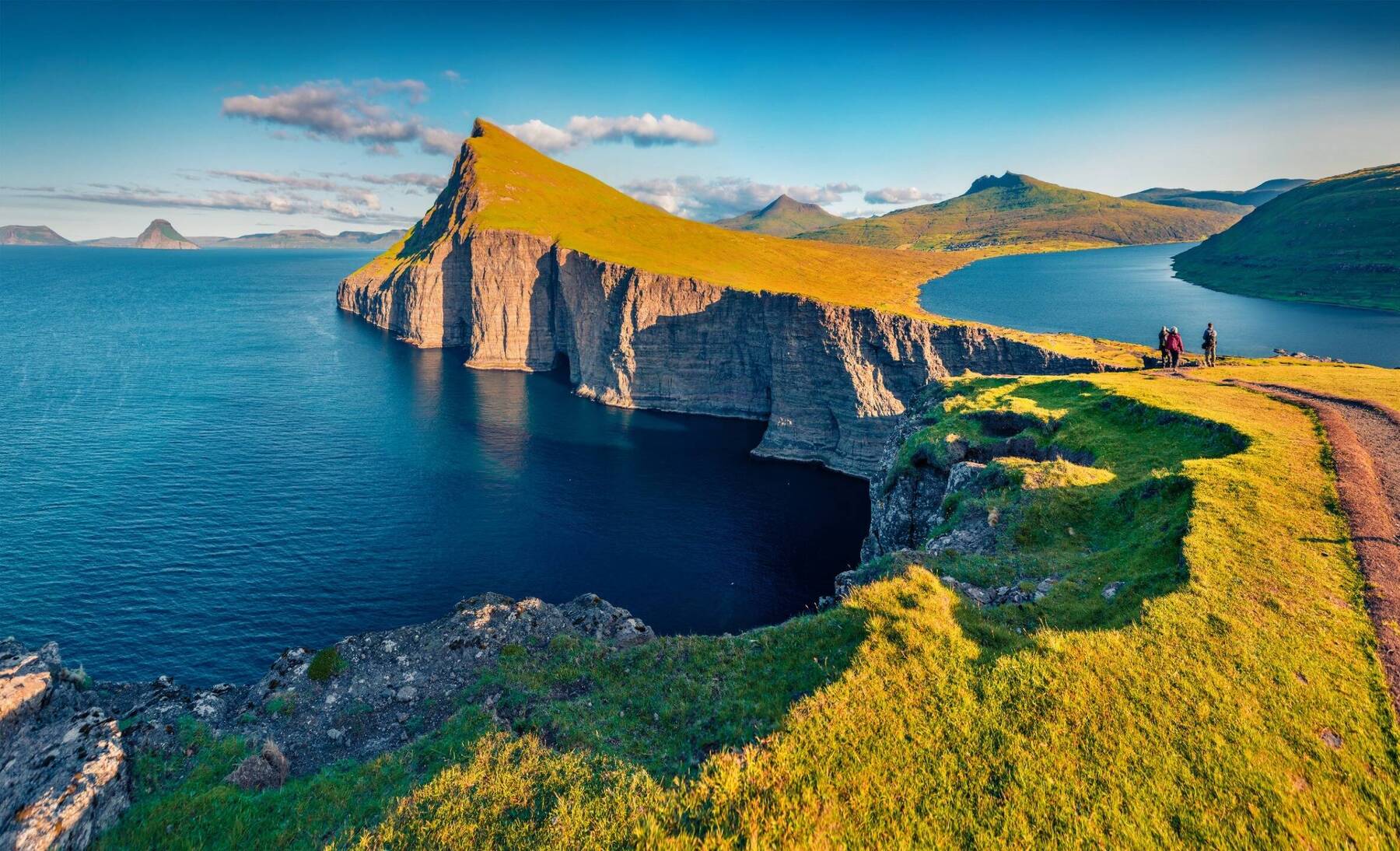
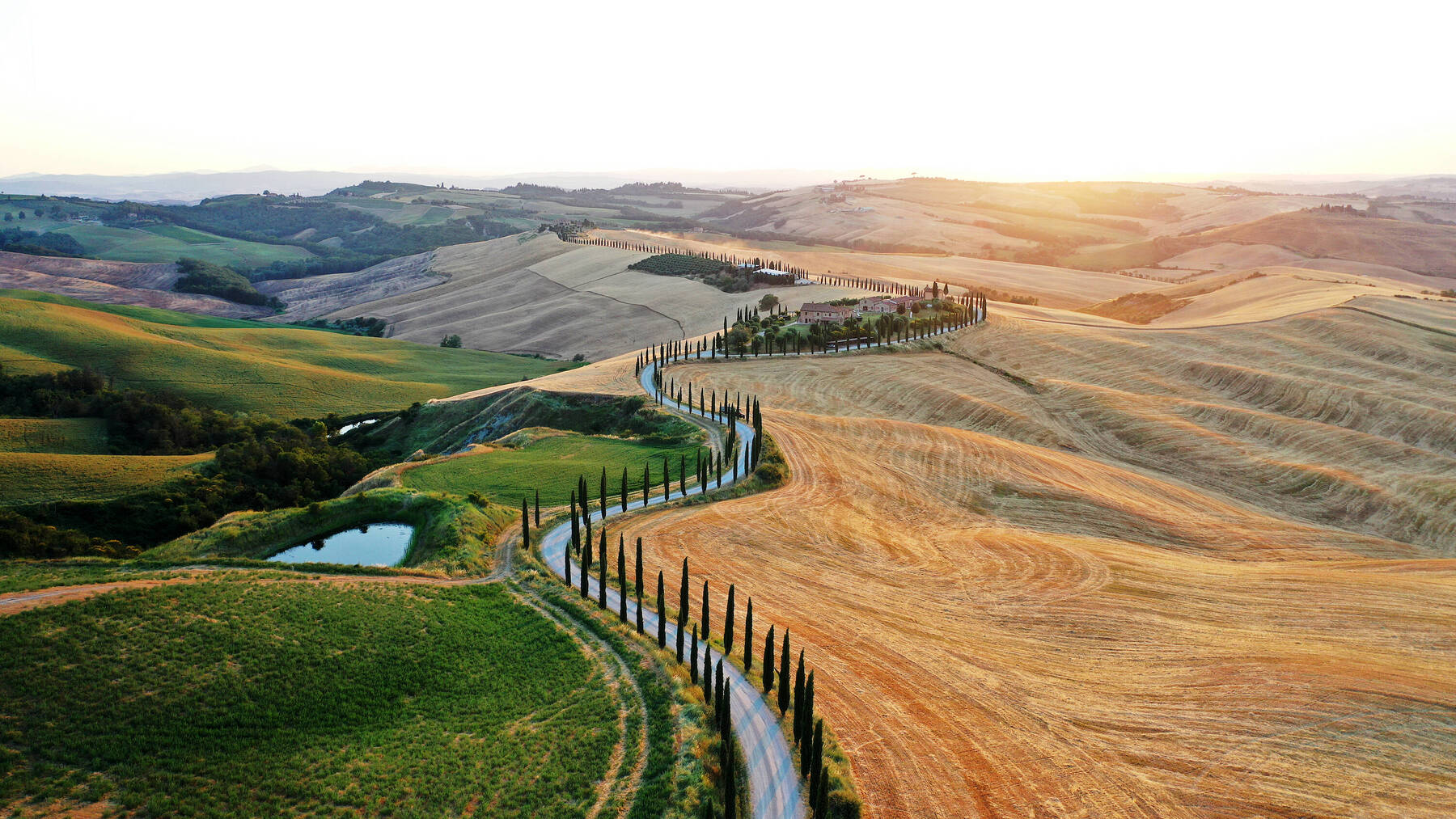




Comments